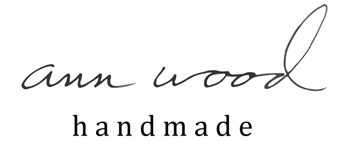
It’s like boiling eggs, there are tons of different methods for getting sharp applique points. I’ve been messing around with a bat shape and working out the point situation. And I made you a template and a little tutorial because I’m nice like that.
Bats sure are pointy, they are like the applique sharp point olympics. Before we dive into that I want to show you a couple other ideas that I think would make cool embroidery or applique projects. I’m especially exited to try that green house. I think it will be my first spoonflower print. I’ve been wanting to try that for ages. The details of the house and little cat etc. could be embroidered. What do you think?
download the bat template
I think it helps to read through all the steps once before beginning. I’ll get you started with the points and curves today and be back on Sunday with more. The points took some practice for me but once I got going it want faster than I expected. Also I mostly laid it flat to take photos but found it easier to do the points especially with it draped over my knee.
1. Trace the stitch line on the template onto freezer paper.
2. Place the pattern on a piece of folded fabric. Use a cotton that’s light weight and not ravely. Tip: Use some spray starch to make the fabric a bit stiff. It helps a lot. You can even make your own spray starch if you like.
3. I cut the template in half before placing it shiny side down on the right side of the cut out fabric. Cutting it made it easier to match up all those points and the center can absorb any margin of error rather than the edges or points. Iron it to the fabric. I pinned it to a piece of vintage linen. It conveniently covers a couple spots and holes. You’ll want to use a ton of pins.
4. I’m beginning on one of the long curves. Make a small knot at the end of the thread and insert your needle from underneath. Come out at the edge of the freezer paper. You will need to make some little clips along the curve. Clip as you go in little sections. Don’t do all the clipping first. Clip to just before the edge of the paper. Don’t clip too close to the points – leave about an inch.
5. Use your needle and finger to fold the edge under and begin stitching with very tiny stitches.
6. Notice I have left about an inch of unclipped fabric before the point. Stop stitching here.
7. Tuck the fabric under the side of the point you are working on and stitch, stop about 1/4 inch before the point.
8. Fold the tip under as shown – with the folded edge flat.
9. Make a couple tiny stitches at the point.
10. For the next step I found it way easier to pick the work up off the table. Take out the pin and use your finger or the needle to fold the other side of the point down and under. Stitch down the side of the point, put the pin back in and then clip in the curve to continue towards the next point.
11. When all your points are stitched clip on each side of the head.
12. Turn the edge of the wing under and stitch. Leave the head unstitched. Clip on each side of the bottom of the bat body too – stitch on each side of the wing and tuck in the edges around the little end of the body and stitch.

13. Cut two little teardrop shapes for ears.
14. Tuck one side of the head under.
15. Fold one of the ear shapes and tuck it in on one side of the head. Stitch it in place. Repeat for the other side. Finally tuck in the edge at the top of the head and stitch.





































































































